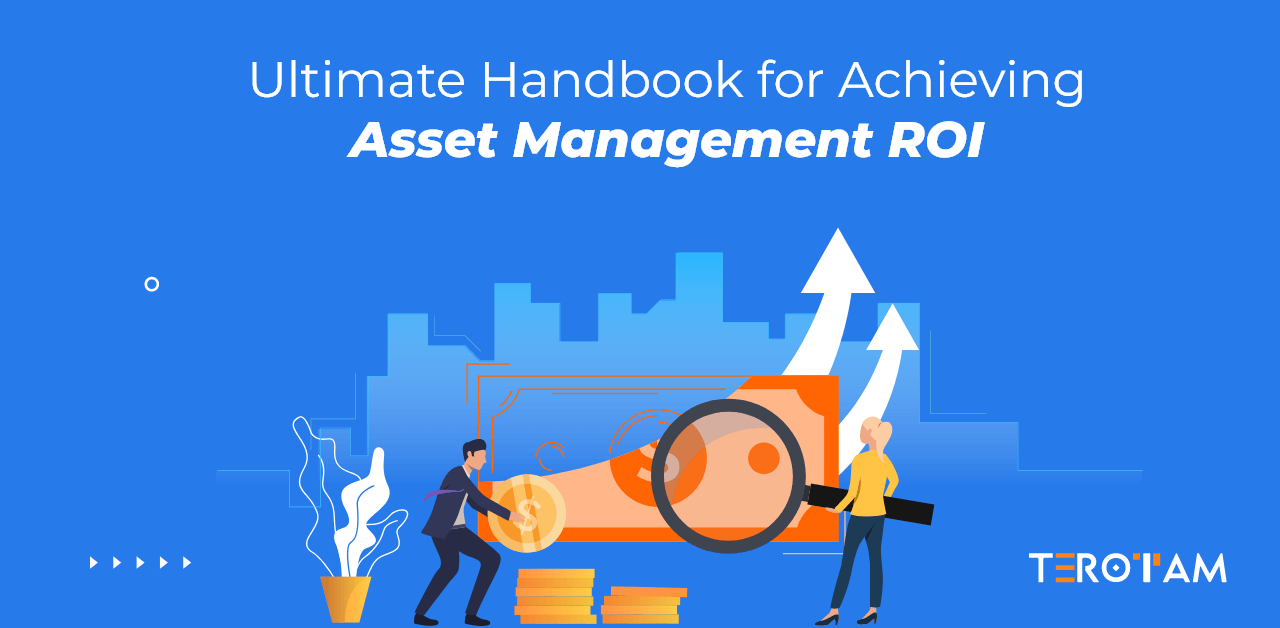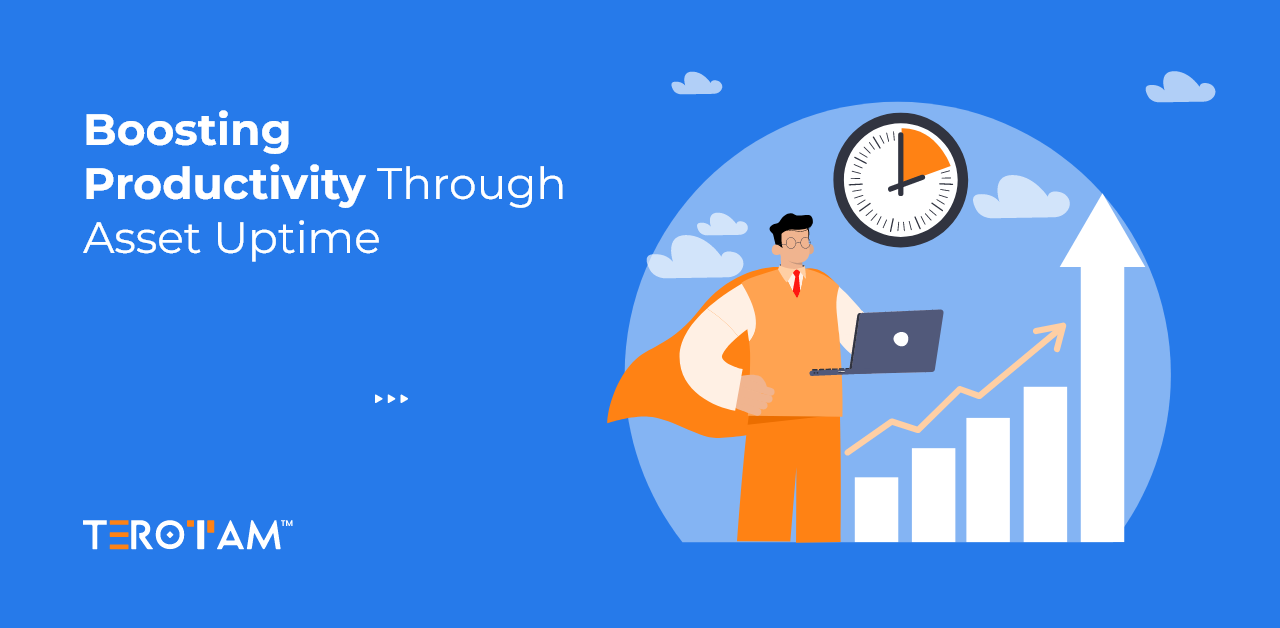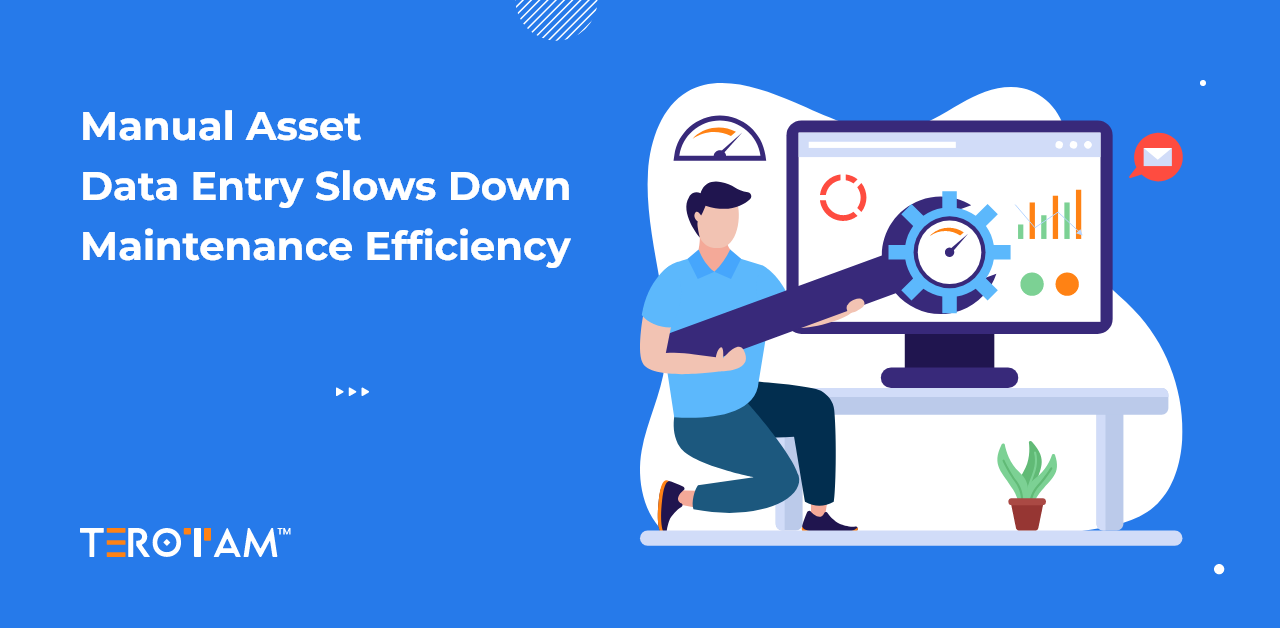Understanding the vital role of Asset Management ROI is similar to having a hidden weapon that may help your firm reach new heights in the fast-paced and changing world of business. This fascinating manual will shed light on the fundamental relevance of managing your funds wisely and maximizing return on investment. As we explore the numerous ways how this concept may boost productivity, spark innovation, and strengthen your bottom line, get ready to unleash the hidden potential within your company.
This priceless tool will give you the information and techniques you need to maximize the use of your assets, make wise financial decisions, and achieve sustainable growth in a more cutthroat business environment, whether you’re a seasoned entrepreneur or an emerging startup. Come along on this transforming talk with us as we uncover the underlying significance of Asset Management ROI and provide you with all you need to know about it.
What is Asset Management ROI?
Asset Management ROI is a metric that measures the return on investment generated from effectively managing and utilizing assets within an organization. It involves strategically managing assets throughout their lifecycle to maximize their value, optimize their performance, and minimize associated costs and risks. It gives businesses a comprehensive understanding of how their assets contribute to profitability and sustainability.
At its core, it focuses on efficiently utilizing and maintaining assets to generate the highest possible returns. It goes beyond simply acquiring and owning assets; it encompasses the entire asset life cycle, from procurement to disposal. By implementing effective asset management practices, businesses can ensure that assets are utilized to their full potential, maintained at optimal levels, and retired or replaced at the right time.
Key Components of Asset Management ROI
Asset Tracking and Inventory Management:
Accurate asset tracking is fundamental to asset management ROI. It involves maintaining a centralized database or system that records and tracks asset details, including location, condition, usage history, maintenance schedules, and depreciation. This gives businesses a real-time view of their assets and makes informed decisions regarding their utilization and replacement.
Asset Performance Management & Monitoring
Effective asset management requires monitoring asset performance and health regularly. This involves tracking key performance indicators (KPIs) specific to each asset type, such as uptime, productivity, maintenance costs, and energy consumption. By analyzing these metrics, businesses can identify underperforming assets, pinpoint areas for improvement, and implement corrective actions to optimize asset performance.
Asset Maintenance and Asset life cycle Management
Proactive maintenance is crucial for maximizing asset performance and minimizing downtime. Asset Management and its ROI involves implementing preventive maintenance strategies, scheduling regular inspections, and conducting timely repairs to extend asset life cycles. This helps prevent costly breakdowns, reduces maintenance costs, and ensures assets operate optimally throughout their lifespan.
Risk Management and Compliance
It includes mitigating risks associated with asset failures, safety hazards, and regulatory non-compliance. This involves implementing risk assessment processes, ensuring assets meet safety standards, and complying with relevant regulations. By proactively identifying and addressing potential risks, businesses can avoid costly incidents, legal repercussions, and reputational damage.
Data Analysis and Decision-Making
Data-driven decision-making is a critical aspect of this important subject. Businesses leverage advanced analytics and reporting tools to analyze asset data, identify trends, and generate insights for informed decision-making. Organizations can optimize asset allocation, identify cost-saving opportunities, and prioritize investments that yield the highest returns by analyzing asset performance, utilization patterns, and maintenance history.
Evolution of Asset Management ROI
This concept has evolved over time, reflecting changing business needs and technological advancements. The evolution can be summarized as follows:
Traditional Approach:
Asset management focused on acquiring and maintaining physical assets, with little emphasis on ROI.
Cost-Centric Approach:
Businesses recognized the importance of ROI and began measuring the return on investment from assets, considering acquisition costs, maintenance expenses, and associated revenue or cost savings.
Performance-Oriented Approach:
Asset management shifted towards maximizing asset efficiency and effectiveness to achieve business objectives, monitoring key performance indicators to drive operational excellence.
Holistic Lifecycle Approach:
This concept has expanded to consider the entire lifecycle of assets, optimizing performance, managing risks, and aligning asset strategies with business goals, while also considering sustainability and responsible asset utilization.
Data-Driven Decision-Making:
Technology advancements enabled businesses to leverage real-time data on asset performance, maintenance history, and market trends, making data-backed decisions to optimize asset allocation and predict maintenance needs.
Integration of Digital and Intangible Assets:
Further it expanded to include digital assets and intangible assets, recognizing their value and the need to manage and optimize them to drive ROI.
Contribution of Asset Management Software in Building Positive Asset Management ROI
Asset Management Software is pivotal in building a positive Asset Management ROI by empowering businesses in various ways. The below-given questions and their answers in the context of asset management will help you understand the benefits in a deeper sense.
How Does Asset Management Empower Centralized Asset Tracking?
Asset Management Software enables centralized asset tracking, creating a comprehensive repository of asset information accessible to authorized users. It eliminates the need for manual record-keeping and spreadsheet-based tracking, reducing the chances of errors, information gaps, and lost assets. With a centralized asset management system, businesses can easily locate and monitor assets, track their movement, and view real-time asset data. This empowers organizations to optimize asset utilization, improve visibility, and make informed decisions regarding asset allocation and maintenance.
How Does Asset Management Help To Cut Down The Cost?
Asset Management System helps businesses cut down costs through various mechanisms. By providing accurate and up-to-date asset data, businesses can identify underutilized or redundant assets that can be sold or repurposed, resulting in cost savings. Moreover, the software facilitates proactive maintenance scheduling, reducing the risk of costly breakdowns and minimizing maintenance expenses. The asset management software can automate workflows, such as asset procurement and contract management, streamlining processes and reducing administrative costs.
How Does Asset Management Save You Time?
Asset Management saves businesses valuable time by automating manual tasks and streamlining processes. With automated asset tracking and maintenance scheduling solutions, businesses can significantly reduce the time and effort spent on manual data entry and record-keeping. The software’s Real-time data and analytics enable quick and informed decision-making, eliminating the need for time-consuming manual analysis. Moreover, the software can generate reports and insights with a few clicks, saving time spent on data gathering and reporting. The time saved can be redirected toward more strategic activities, such as optimizing asset performance and driving business growth, resulting in an improved Asset Management ROI.
How Does Asset Management Help With A Flexible Cost Structure?
Asset Management Software offers businesses a flexible cost structure that aligns with their needs and budget. Many software solutions are available as subscription-based models, allowing businesses to choose a plan that suits their asset management requirements. This eliminates the need for significant upfront investments in software development or infrastructure.
Additionally, the software can scale with the business, accommodating changes in asset volume or organizational growth. The flexibility in cost structure enables businesses to optimize their asset management expenses and adapt as their needs evolve.
Wrapping it up
As the curtains rise on the stage of financial prowess, Asset Management ROI takes center stage, captivating audiences with its ability to cut costs like a magician pulling a rabbit out of a hat. The software unveils hidden gems of underutilized assets, enabling businesses to trim the excess, optimize maintenance schedules, and dance to the rhythm of efficiency. It empowers organizations to unlock the treasure trove of cost savings, fueling their journey toward profitability and success.
It is the force that empowers businesses to unlock the true potential of their assets, transforming them into captivating stories of profitability, efficiency, and sustainability. With Asset Management Software as their trusted companion, businesses embark on a journey where every decision, every asset, and every endeavor sings harmoniously, creating a crescendo of success that echoes through the halls of prosperity.
Want to know more about Asset Management ROi and How our Asset Management software can help you achieve it with extreme comfort and ease, connect with us at contact@terotam.com or schedule a product demo now with our experts for a quick discussion and walk-through.








